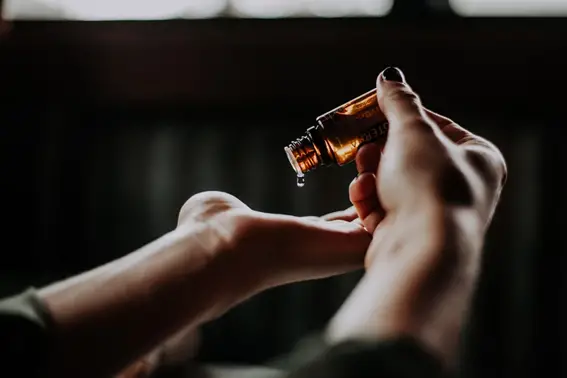Cannabidiol, otherwise known as CBD, is a product derived from the cannabis plant, which has become very popular for its many health benefits.

It has been indicated to help relieve excruciating pain, manage addiction, treat epilepsy, ease anxiety and depression, and reduce complications from diabetes, among other things.
CBD is usually extracted as oils and can be made into other products such as pills, balms, ointments, tinctures, vapes, gummies etc.
THC or Tetrahydrocannabinol is the psychoactive component of cannabis that produces a euphoric high feeling. It comes with more risks of side effects than CBD but also has potential benefits.
Top-selling delta 8 gummies are derived from delta-8-tetrahydrocannabinol, and Delta-8 THC can be synthesized from cannabidiol (CBD). However, this is usually done illegally.
CBD oils are manufactured by extracting CBD from the Cannabis Sativa plant. Below are the various stages involved in producing CBD oils from scratch.
The Planting Stage:
The first thing done is to plant seeds of Cannabis Sativa. It is essential to distinguish between Hemp and Marijuana at this stage. Although CBD can be obtained from both, Hemp is generally preferred for extraction as it is richer in CBD.
A Cannabis Sativa plant is referred to as Marijuana if it has greater than 0.3% of THC. If it has less than 0.3% of THC, then it qualifies as Hemp.
Hemp is used in manufacturing CBD oil and making some construction materials, fibers and textiles. Hemp as a plant has some natural advantages that make it easier to cultivate.
A crop rotation plant prevents nutrient exhaustion in the soil by returning organic matter to the ground, which decomposes to yield more nutrients. This quality limits the need for artificial fertilizers.
Hemp plants also allow for maximum land utilization as they grow in clusters.
Before sowing the seeds, treating the soil with non-toxic herbicides and pesticides is good. The plants grow rather rapidly, and signs of growth appear within two days of sowing.
The Harvesting Stage:
The flowers of the hemp plant are usually the targets of harvest in the production of CBD oil. The flowers contain the highest concentrations of cannabidiol.
The entire cycle for the flowers to be ready for harvest takes about six months. The requirements for growth include adequate temperature, humidity and rainfall.
Upon maturity, the flowers are harvested for CBD production, and the stem may be reserved for their fibers.
After harvest, the next thing is to dry the Hemp before it can be processed into oil. The purity and quality of the dried Hemp will be examined to ensure unwanted chemicals do not contaminate it.
The Extraction Stage:
There are different methods of extracting CBD from Hemp. Each method has its advantages and disadvantages. The different extraction methods are:
Use of Carbon IV oxide (CO2):
This method involves using CO2 at very cold temperatures to separate CBD from the Hemp. It entails the use of some costly equipment such as closed loop extractors.
Solid CO2 in one compartment is passed into the next compartment containing the Hemp.
The conditions in the second compartment are designed such that CO2 is now in the liquid state; in this state, it extracts CBD oils from the plant.
This mix of CO2 and oil is then passed into the final chamber, where the conditions are set to revert the CO2 to gaseous form. When this happens, only the CBD oil is left and can then be collected.
This CO2 method is very efficient in producing a high-quality product. One of the significant drawbacks to this method is that it can be expensive and time-consuming.
Use of Ethanol:
This method involves using ethanol or alcohol to extract the CBD from the hemp material.
The dried hemp material is infused in grain alcohol of high quality. The alcohol acts as a solvent to extract the CBD from the Hemp.
This method is straightforward, cheaper and less time-consuming than the CO2 method. However, It does not offer the same quality as other methods, and the ethanol may destroy other valuable components in the hemp plant, such as waxes.
CBD can also be extracted by infusing the Hemp in olive oil and then heating it. It can also be obtained using organic liquid solvents such as butane, which can be hazardous due to the flammability of these solvents.
The Refining, Testing and Packaging stage:
After extraction, the CBD oil is further refined by a series of distillation processes. Flavors are added, and carrier oil for the CBD is introduced.
A lot of tests are carried out in the laboratories to ensure that the CBD oil quality is of the highest grade. The final product is then packaged into the desired form.
Conclusion
CBD oils have increasingly become trendy products. Making CBD oils occurs in several stages that require a lot of know-how to execute. These stages have been summarized above.
